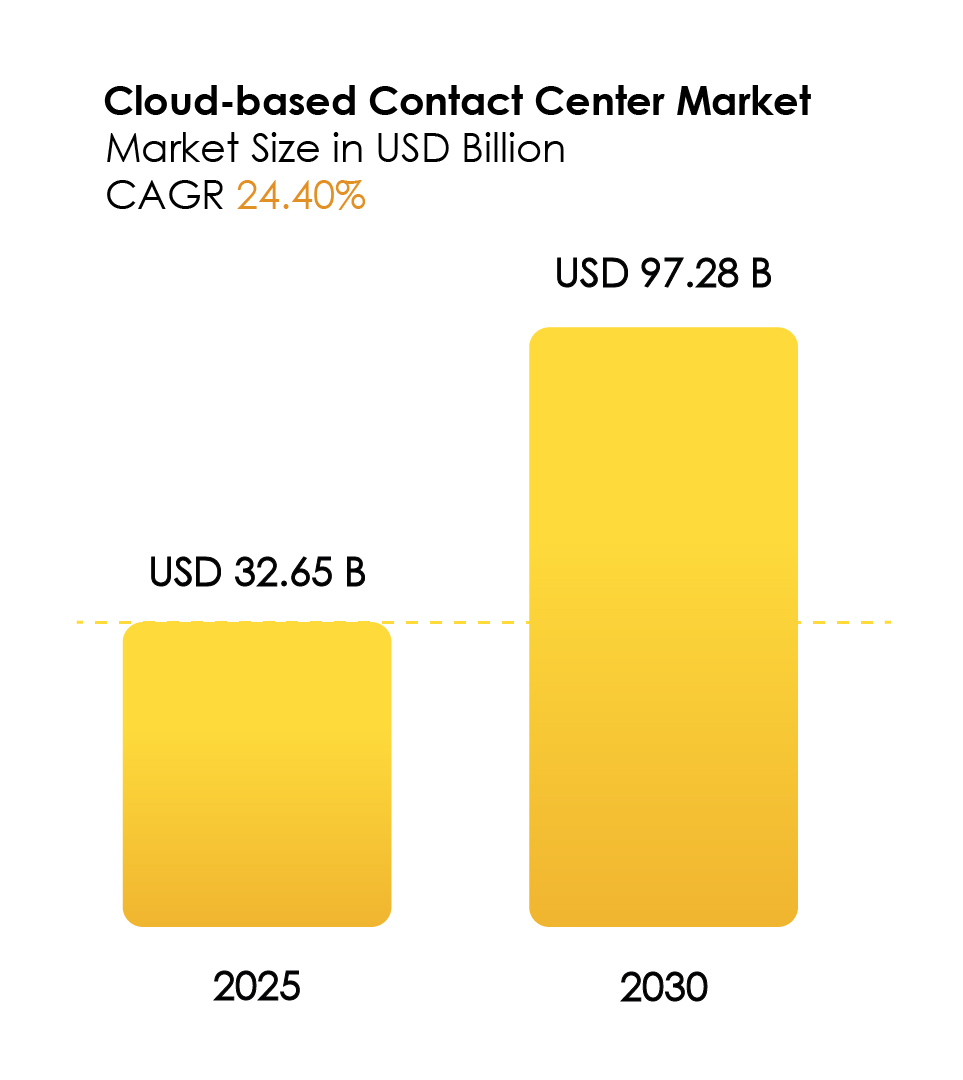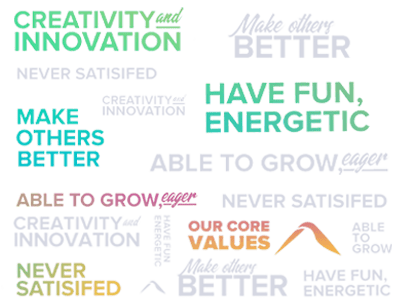Introduction
Call centre has evolved from Constant ringing of phones, interrupted systems, and long waiting lines of annoyed customers. At present, Call centres have worn a new identity by embracing smart tools, real-time insights, and flawless automation. Every conversation made is turned into insights and a prospect to learn, satisfy, and foster loyalty. With the constantly increasing customer expectations and advent of digital channels, call centres are adopting innovative technologies that reshapes the customer experience.
1. Cloud Computing Is Redefining Accessibility and Analytics
“The cloud” has become a bit of a buzzword for businesses and consumers alike, but the shift toward cloud computing is hardly a fad. Utilizing cloud technology allows documents and data to be stored in a central location, accessible from almost anywhere. Apple, Amazon, Google, and other key players will continue to push for people to use the cloud so that they can keep files synced among different devices.

What does that have to do with call centers? Well, call center technology has also shifted toward the cloud. Call centers now store customer data centrally, making it easily accessible to customer service reps all around the world. It also makes data mining easier than ever. Better analytics lead to a more thorough understanding of your customers, allowing you to offer better customer experiences.
As per Fortune Business Insights’ data in its article- Contact Centre Software Market Size, Share & Industry Analysis, By Component (Solution and Services), By Deployment (Cloud and On-Premise), By Enterprise Type (Small & Medium Enterprises and Large Enterprises), By Vertical (BFSI, ITES, IT and Telecom, Government, Healthcare, Consumer Goods & Retail, Travel & Hospitality, Media & Entertainment, and Others), and Regional Forecast, 2025-2032– In 2024 the The global contact centre software market size was valued at USD 52.17 billion. The sector is growing at a CAGR of 18.8% and is anticipated to reach 213.54 billion by 2032[i].
2. Global Coverage Through Multiple Center Strategies
Call centre technology has also made it possible for more companies to utilize “follow the sun” or multiple centre strategies. In the past, most firms had a single call centre location, which meant all of their reps were in the same time zone and geographic area. Now, customer service reps can be anywhere in the world.
With reps in different time zones, you can be sure you’re staffing your call centre around the clock, delivering 24/7 care to your customers. While that may not sound like “technology” to some, cloud computing and other telecommunications innovations make this strategy a reality.
3. Chat, Text, Email, and Social Media Are the New Norm
One of the reasons people are quick to discredit the value of call centres comes from the fact that today’s call centres don’t look much like traditional call centres. Reps are communicating with customers in so many ways: Webchat, email, text, and even social media interactions are now part of what a “call centre” delivers. A rep may not even field a single call during a shift!
Improving call centre technology allows more firms to access these diverse methods of communication, and it makes methods like chat and social media truly viable ways of delivering top-notch customer service.
According to a Salesforce article State of the AI Connected Customer , which was published on the basis of insights received by more than 16,000 consumers and business buyers worldwide- It is expected by 85% of customers to receive consistent interactions with businesses[i].
4. Virtual Queuing Improves Wait Time Experience
While virtual queuing has been around for the better part of 15 years, there are still some firms that don’t employ it. They most definitely should; virtual queuing erases one of the most common problems customers have with call centres: wait times. When customers call, their names, numbers, and places in line are logged. They can then hang up, and the next available rep can call them back. Gone are the days of playing phone tag or waiting on hold forever!
As per a survey conducted by a global contact centre, it was found that 52% of people prefer virtual queues over physical lines[i].
5. Digital Voice Services Are Evolving Fast
Apple’s Siri and other voice assistants are becoming more familiar—and more useful—to smartphone users. But the use of these smart assistants also extends to call centres. In the past, customer service reps would have to answer every call and provide a solution, no matter how repetitive. While customer self-service options like FAQs and knowledge bases have cut down on the need for reps to focus on run-of-the-mill issues, a voice assistant can pare it back even further.
Wrap up:
These call centre technologies aren’t absolutely perfect, but these are constantly evolving to match high level of efficiency and rising customer expectations. Right now, the assistant can listen and repeat back what it “hears.” It can also make suggestions based on the information it’s given—an excellent option for answering those frequent questions!
Frequently Asked Questions on Call Center Technologies
1. What are the reasons behind the quickly developing call center technologies?
With the rise in customer expectations, the demand for instant replies, tailored solutions, and smooth omnichannel communication has increased. To meet these new requirements, call centers must adopt modern technologies.
2. What role do omnichannel platforms perform in enhancing customer experience?
Omnichannel systems unify communication across various channels such as chat, email, voice, and social media. This ensures a consistent experience for customers, prevents them from repeating issues, and enables faster resolutions.
3. What are the major advantages of integrating innovative call center technologies?
The major benefits include:
- Lower operational costs
- Enhanced customer experience
- Improved agent productivity
4. Is it true that the implementation of these technologies is expensive?
No, it’s not completely true. Many innovative solutions are subscription-based. Plus, the benefits—such as improved efficiency and higher customer retention—often outweigh the investment.
Explore our in-depth whitepaper on the evolution of call center technology to learn more.
Sources:
Global Cloud-based Contact Center Market
Contact Centre Software Market Size, Share & Industry Analysis, By Component (Solution and Services), By Deployment (Cloud and On-Premise), By Enterprise Type (Small & Medium Enterprises and Large Enterprises), By Vertical (BFSI, ITES, IT and Telecom, Government, Healthcare, Consumer Goods & Retail, Travel & Hospitality, Media & Entertainment, and Others), and Regional Forecast, 2025-2032
Consumer survey: The state of waiting in line (2024)




